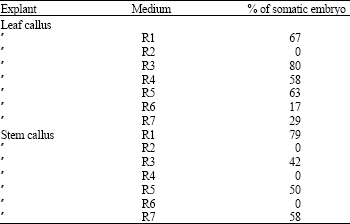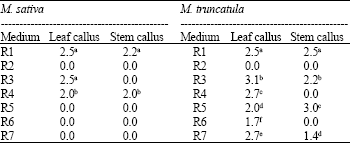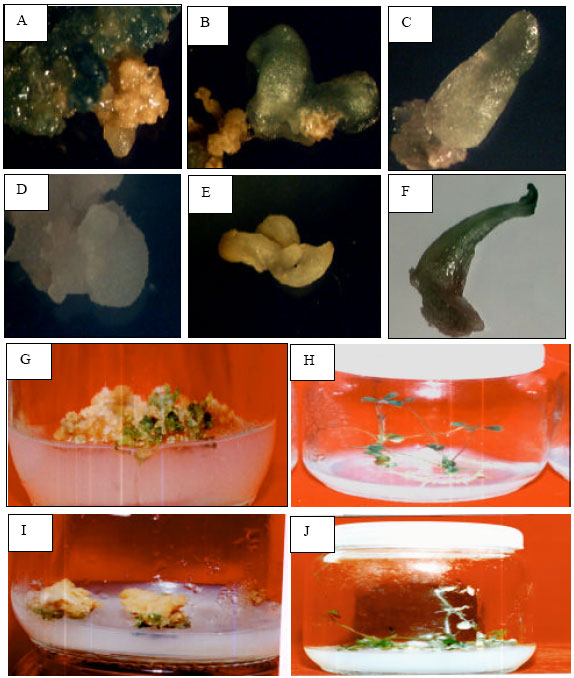Research Article
Comparison of Somatic Embryogenesis in Medicago sativa and Medicago truncatula
Department of Biology, Faculty of Science, Isfahan University, Isfahan, Iran
A.A. Ehsanpour
Department of Biology, Faculty of Science, Isfahan University, Isfahan, Iran
A. Mostajeran
Department of Biology, Faculty of Science, Isfahan University, Isfahan, Iran














